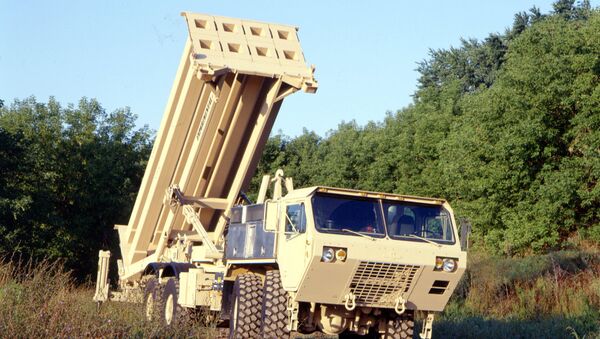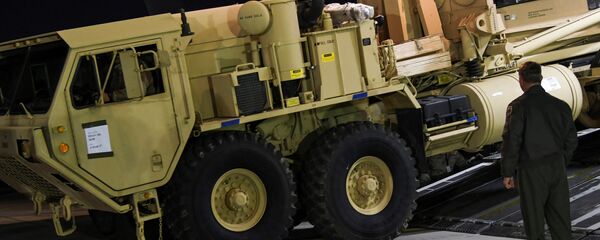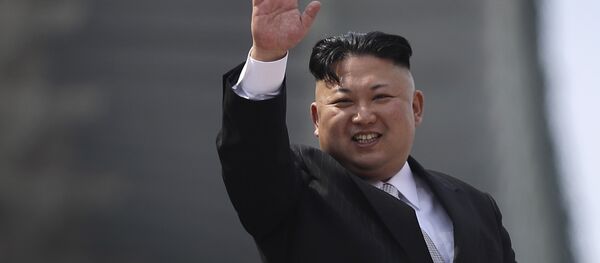The Congressional Research Service reports that the North has created missiles to cruise at angles THAAD may not be able to intercept. Once these ballistic missiles re-enter the Earth’s atmosphere, nuclear warheads attached to them could fly at steeper angles and move at higher velocities, capturing more gravitational potential energy.
North Korea’s innovation could make these missile threats “potentially more difficult to intercept with a missile defense system,” the research service said.
Furthermore, “North Korea has demonstrated an ability to launch a salvo attack,” a series of missile launches with virtually no lag time in between. This presents another threat THAAD may not be capable of blocking, according to the report. “This is consistent with a possible goal of being able to conduct large ballistic missile attacks with large raid sizes,” the report warns.
North Korea has also experimented with a number of submarine-launched ballistic missiles over the course of at least two years, which could simply fall outside of the THAAD system’s radar capacity.
While some suspect Pyongyang’s missile tests have been just another exercise in saber-rattling, the CRS notes that the tests could in fact be “intended to increase the reliability, effectiveness, and survivability of their ballistic missile force.”
Saturday’s missile launch, for instance, was quickly concluded to be a failure. But South Korean defense experts did not agree with this conclusion, Sputnik reported. Instead, officials claimed the so-called failed test was a designed to “develop a nuclear weapon different from existing ones.”
America’s Defense Intelligence Agency estimated that North Korea’s stockpile of nukes amounted to one or two before the turn of the millennium, but nuclear physicist David Albright estimates that figure to be around 30 today, with the potential of reaching 60 nuclear weapons by the end of the decade.
“The last several years have witnessed a dramatic and overt buildup in North Korea’s nuclear capabilities,” Albright said in a recent briefing. He relied on “fissile material estimates” to reach his conclusion.




